I’ve been reading this wonderful book by Robert Henri – an artist and teacher of art almost a century ago. It not only has great advice and suggestions for artists, but it strikes me that everything in this book can be applied to all aspects of life. To me it’s all about paying attention, being mindful, trusting yourself and having fun – with no expectations. Everything that meditation teaches us. I hope you enjoy and are inspired by these words.
“Art when really understood is the province of every human being.
It is simply a question of doing things, anything, well. It is not an outside, extra thing.
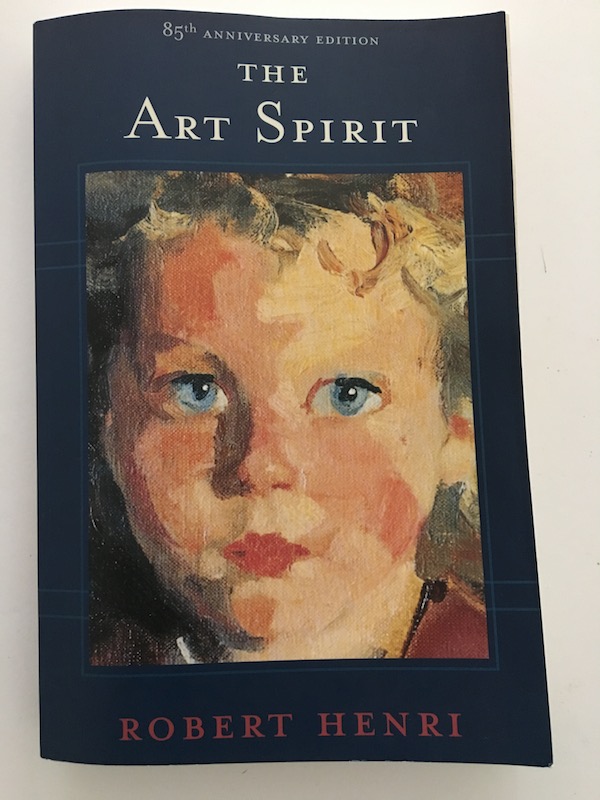 When the artist is alive in any person, whatever his kind of work may be, he becomes an inventive, searching, daring, self-expressing creature. He becomes interesting to other people. He disturbs, upsets, enlightens, and he opens ways for a better understanding. Where those who are not artists are trying to close the book, he opens it, shows there are still more pages possible.
When the artist is alive in any person, whatever his kind of work may be, he becomes an inventive, searching, daring, self-expressing creature. He becomes interesting to other people. He disturbs, upsets, enlightens, and he opens ways for a better understanding. Where those who are not artists are trying to close the book, he opens it, shows there are still more pages possible.
The world would stagnate without him, and the world would be beautiful with him; for he is interesting to himself and he interesting to others. He does not have to be a painter or sculptor to be an artist. He can work in any medium. He simply has to find the gain in the work itself, not outside it.
An art student must be a master from the beginning; that is, he must be master of such as he has. By being now master of such as he has there is promise that he will be master in the future.
The value of repeated studies of beginnings of a painting cannot be over-estimated. Those who cannot begin do not finish.
It will not be so much a question of painting that nose as it will be painting the expression of that nose.
Gesture expresses through form and color the states of life.
The study of art is the study of the relative value of things. The factors of a work of art cannot be used constructively until their relative values are known. Unstable governments, like unstable works of art, are such as they are because values have not been appreciated.
The most vital things in the look of a face or of a landscape endure only for a moment. Work should be done from memory. The memory is of that vital movement.
The development of the power of seeing and the power to retain in the memory that which is essential and to make record and thus test out how true the seeing and the memory have been is the way to happiness.
If we knew what we saw, we could paint it.
All the beauty that can exist in the background rests in its relation to the figure. It is by looking at the figure that you can see this relation.
All things change according to the state we are in.
The background is more air than it is anything else. It is the place in which the model moves. It is the air he breathes.
There are backgrounds so well made that you have no consciousness of them.
The simpler a background is the more mastery there must be in it: a full and satisfying result must be accomplished with extremely limited means.
We live our lives in tune with nature when we are happy, and all our misery is the result of our effort to dictate against nature. In moments of great happiness we seem to be with the universe; when all is wrong we seem to be alone, disjointed. Things are going on without us.
The mind is a tool, it is either clogged, bound, rusty, or it is a clear way to and from the soul. An artist should not be afraid of his tools. He should not be afraid to know.
Things are not done beautifully. The beauty is an integral part of their being done.”

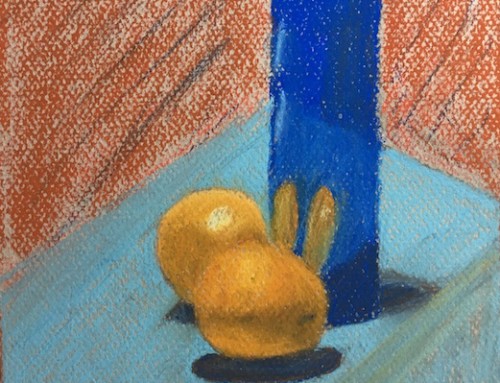
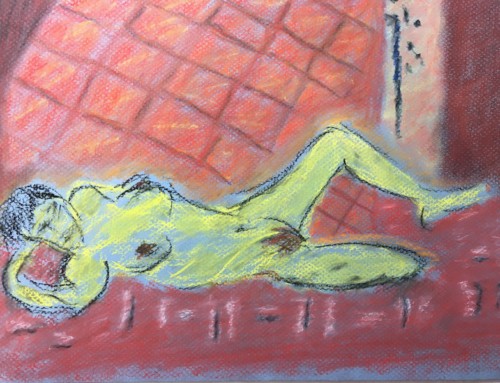
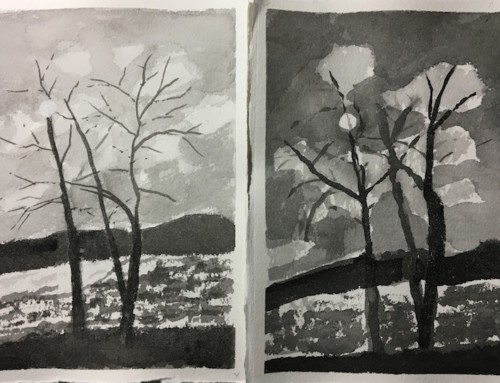
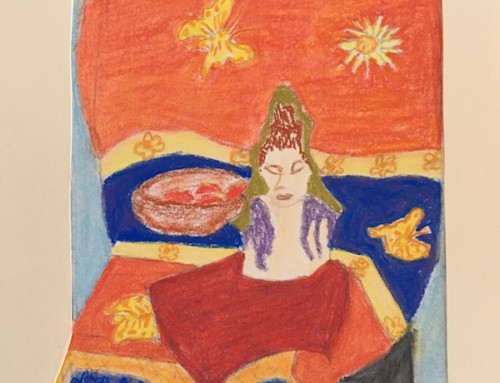
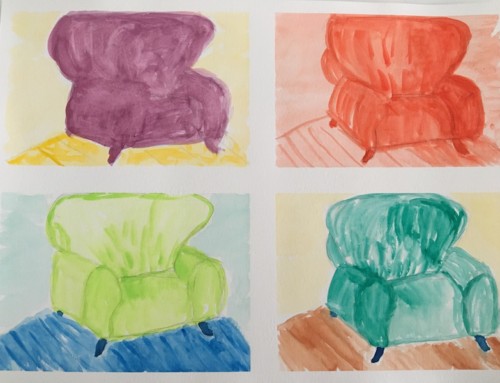
Leave A Comment